What Is The Cretaceous–Paleogene (k–pg) Boundary?
What is the cretaceous–Paleogene (k–pg) boundary?
The Cretaceous-Paleogene (K-Pg) boundary is a geological boundary that marks the end of the Cretaceous Period and the beginning of the Paleogene Period, which occurred approximately 66 million years ago. The boundary is characterized by a thin layer of sediment that contains a high concentration of the element iridium, which is rare in the Earth’s crust but abundant in asteroids and comets.
This layer of sediment is thought to have been created by a large asteroid impact that occurred near the Yucatan Peninsula in Mexico, which caused widespread devastation and extinctions of many species, including the dinosaurs. The impact created a massive crater, known as the Chicxulub crater, which measures over (160 kilometers) in diameter.
The Cretaceous-Paleogene (K-Pg) boundary has been extensively studied by geologists and paleontologists, who use it as a reference point to help date and correlate rock formations around the world. It also marks a significant turning point in the history of life on Earth, as the extinction event that occurred at the boundary allowed for the rise of new species and the evolution of new ecosystems.
The impact and subsequent extinction event led to major changes in the composition of the Earth’s ecosystems, with many species going extinct and new species evolving to fill the niches left behind. Cretaceous-Paleogene (K-Pg) boundary marks an important milestone in the history of life on Earth, and it has been extensively studied by scientists seeking to understand the causes and consequences of mass extinctions.
What is the Theory
The Theory was proposed in 1980 by a team of scientists led by Luis Alvarez and his son Walter Alvarez. It states that the K–Pg extinction was caused by the impact of a massive comet or asteroid 10 to 15 km wide, 66 million years ago, which devastated the global environment, mainly through a lingering impact that halted photosynthesis in plants and plankton.
The impact hypothesis, also known as the Alvarez hypothesis, is based on the discovery of the 180-kilometer-wide Chicxulub crater in the Gulf of Mexico’s Yucatán Peninsula in the early 1990s. It provided conclusive evidence that the K–Pg boundary clay represented debris from an asteroid impact. The fact that the extinctions occurred simultaneously provides strong evidence that they were caused by the asteroid.
Also read- The Tibetan Plateau-‘Roof of the World’ and A Spiritual heritage site
Cretaceous-Paleogene (K-Pg) boundary Extinction
The K–Pg extinction event was a severe and global extinction event that devasted a number of species. Based on marine fossils, it is estimated that 75% or more of all species were made extinct. The best-known are the non-avian dinosaurs. It also destroyed other terrestrial organisms, including certain mammals, pterosaurs, birds, lizards, insects, and plants. In the oceans, the K–Pg extinction killed off plesiosaurs and the giant marine lizards (Mosasauridae), fish, sharks, mollusks, and many species of plankton.
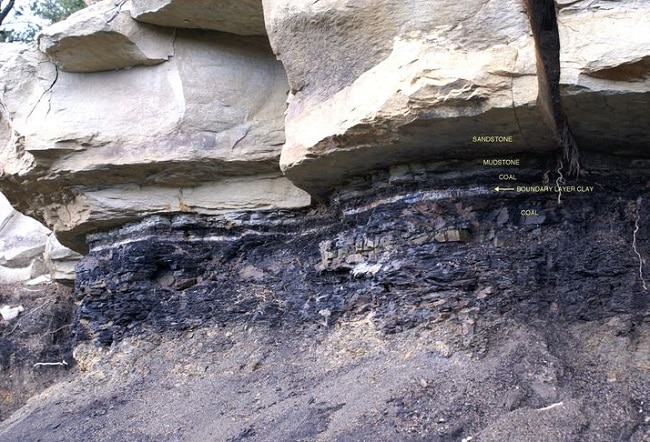
Duration of K–Pg extinction-The Duration of K–Pg extinction is uncertain. The sedimentation rate and thickness of K–Pg clay from 3 different sites suggest rapid extinction, perhaps less than 10 thousand years. The K-Pg boundary is recognized in many regions like-in southern Colorado, and northern New Mexico, and the Trinidad Lake site is one of the best places in the world to view the famous K-Pg boundary layer clay
Cretaceous-Paleogene (K-Pg) boundary is important for several reasons. First, it marks a major turning point in the history of life on Earth, as the extinction event that occurred at the boundary allowed for the rise of new species and the evolution of new ecosystems. Second, it provides an important reference point for geologists and paleontologists, who use it to help date and correlate rock formations around the world. Finally, the study of the K-Pg boundary has shed light on the nature and effects of large asteroid impacts and has contributed to our understanding of the role that such impacts have played in shaping the history of the Earth.
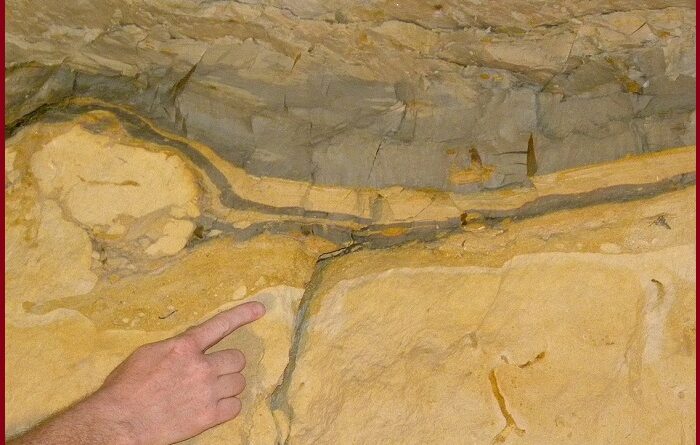
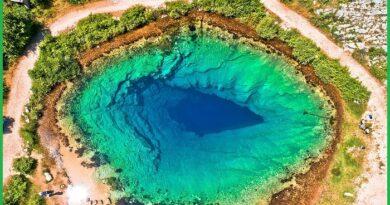
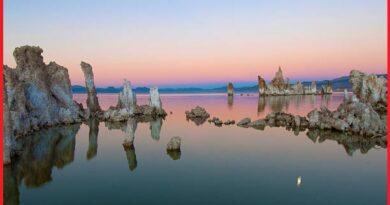
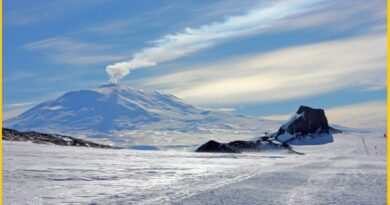
Pingback: Kilauea Hawaii Volcano National Park-An Active Shield Volcano - Geotourism